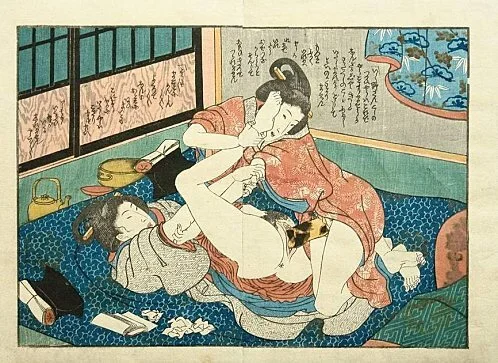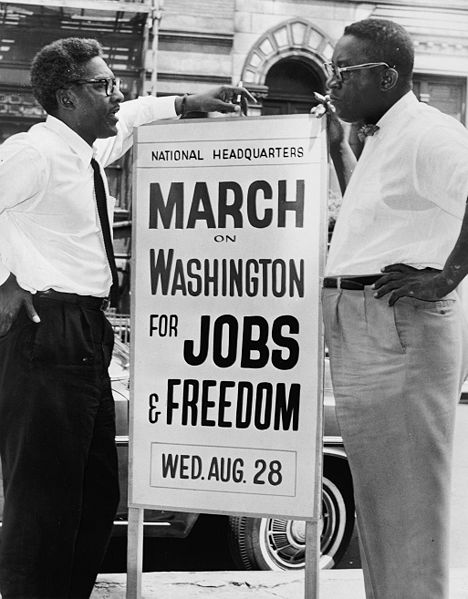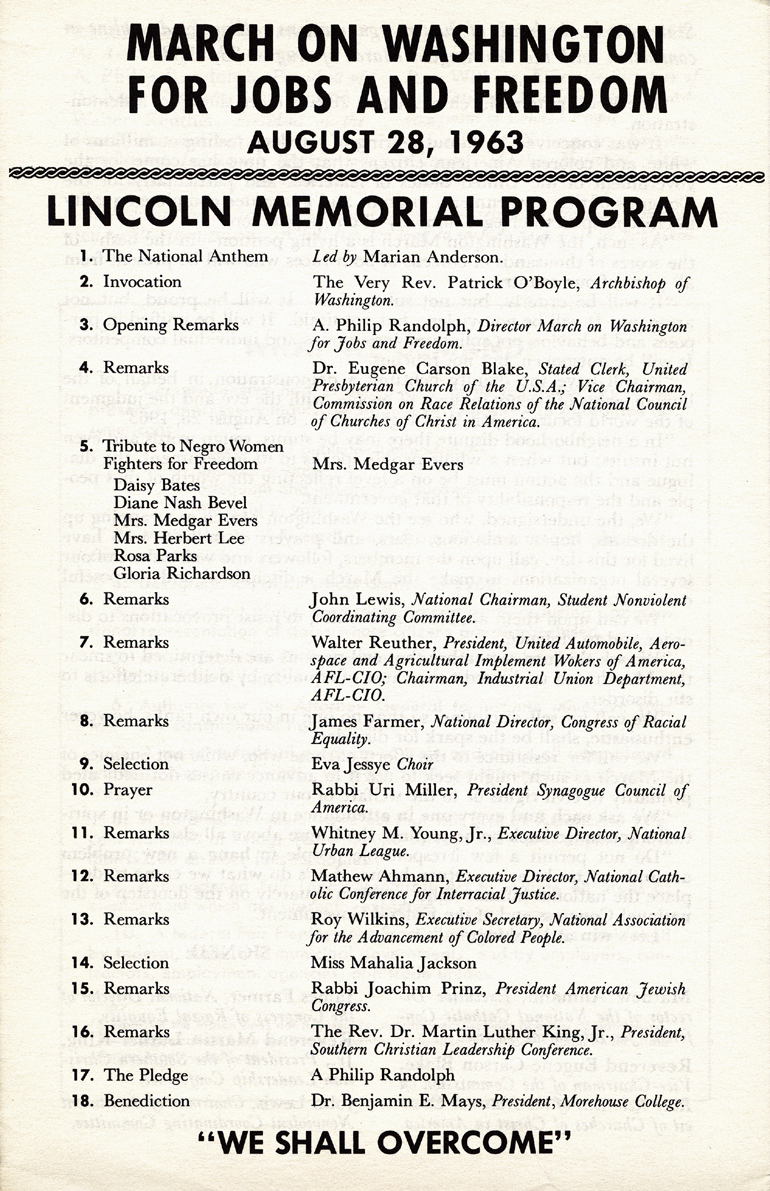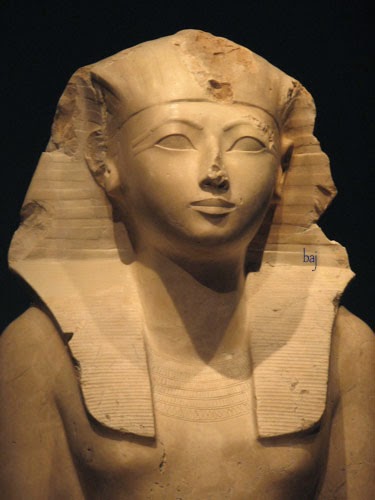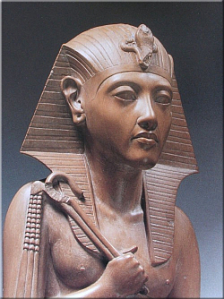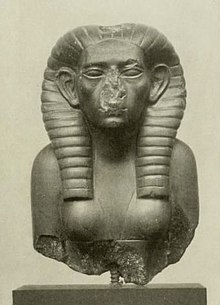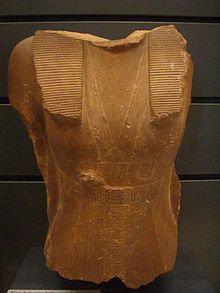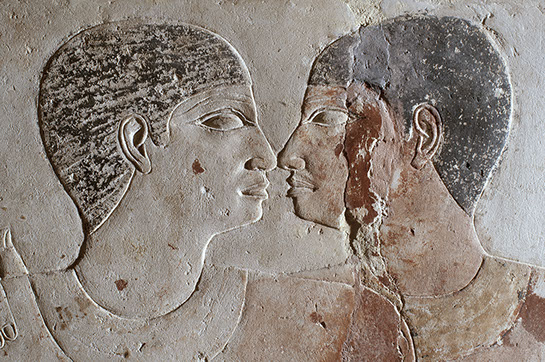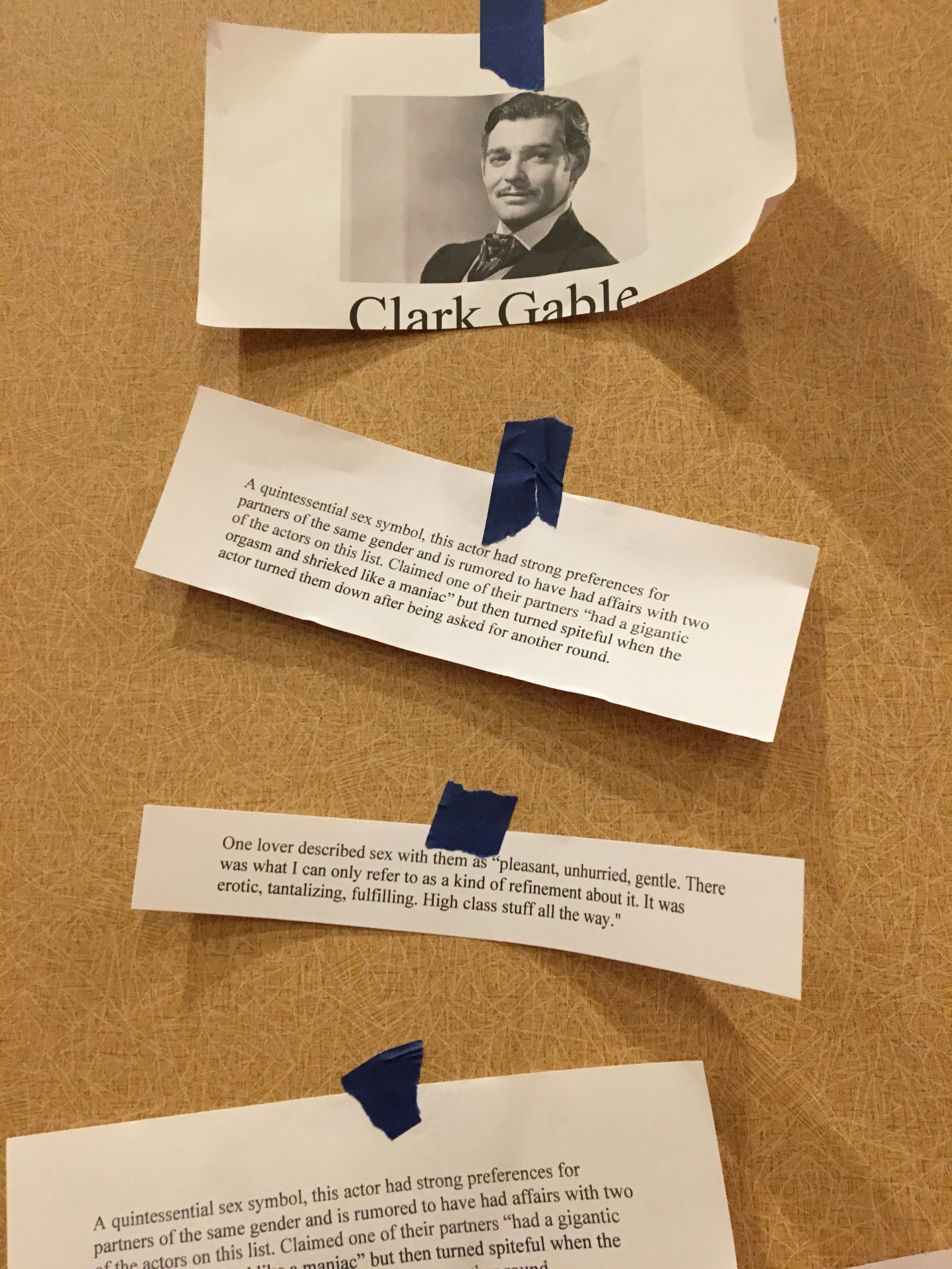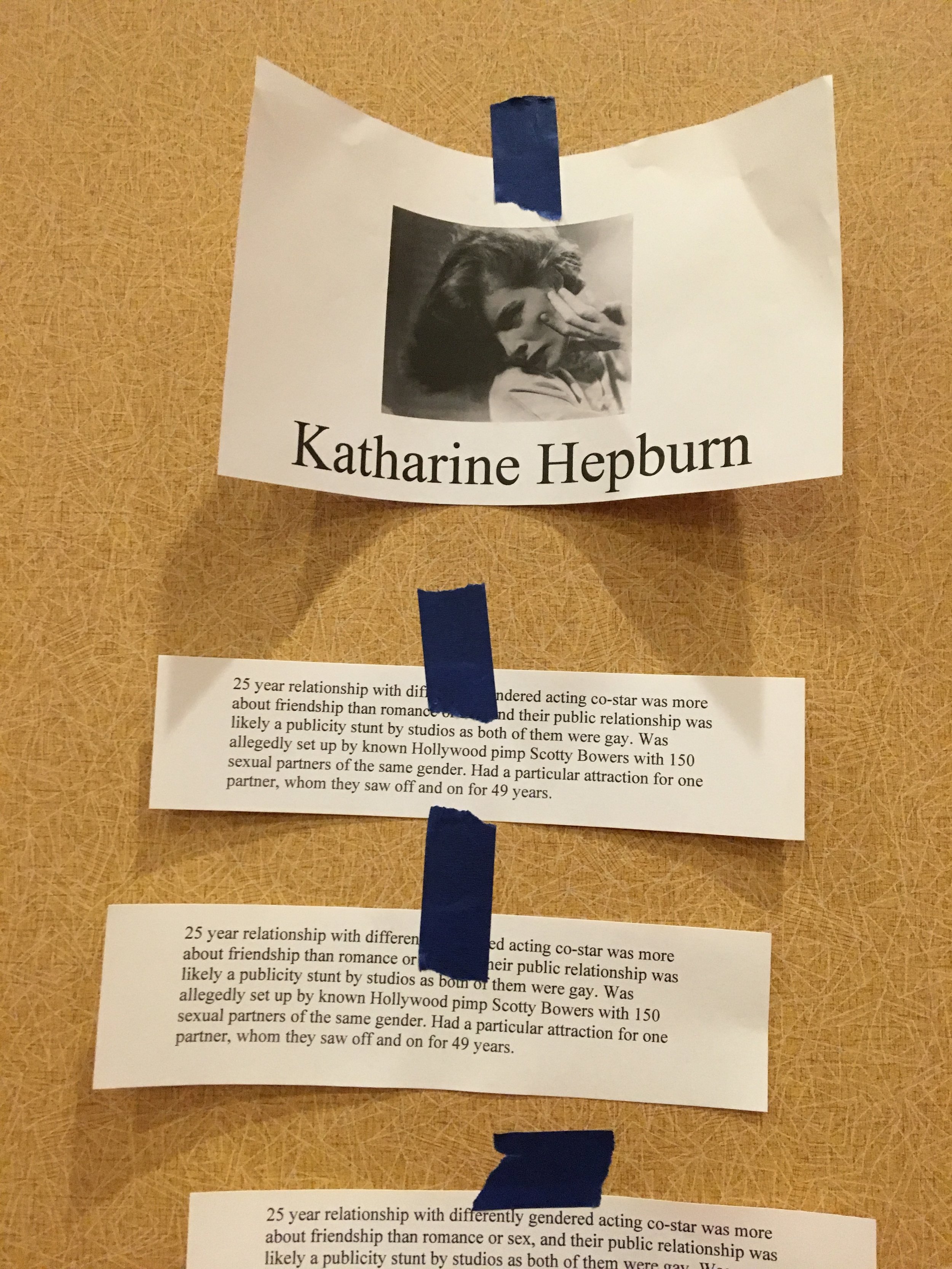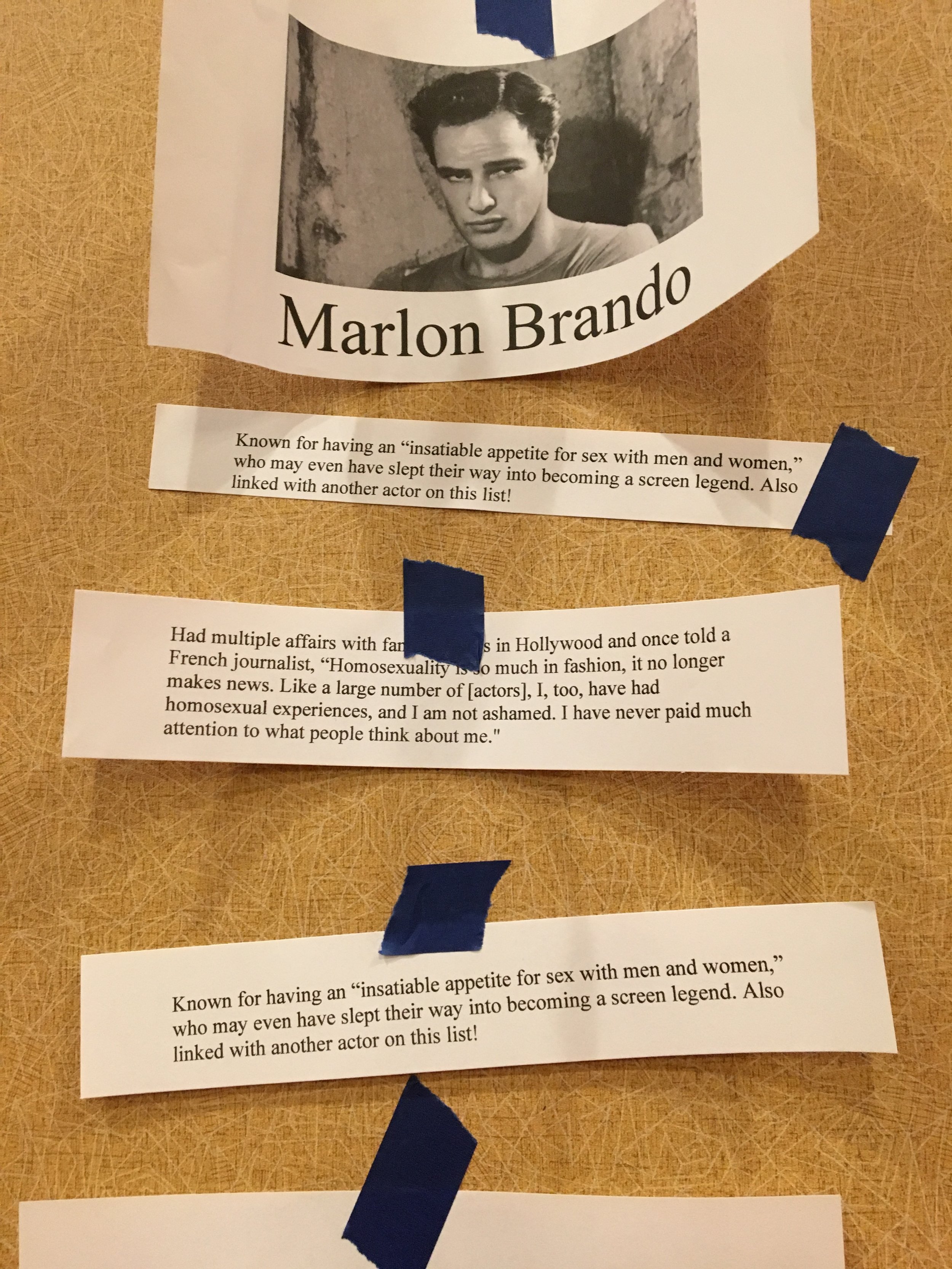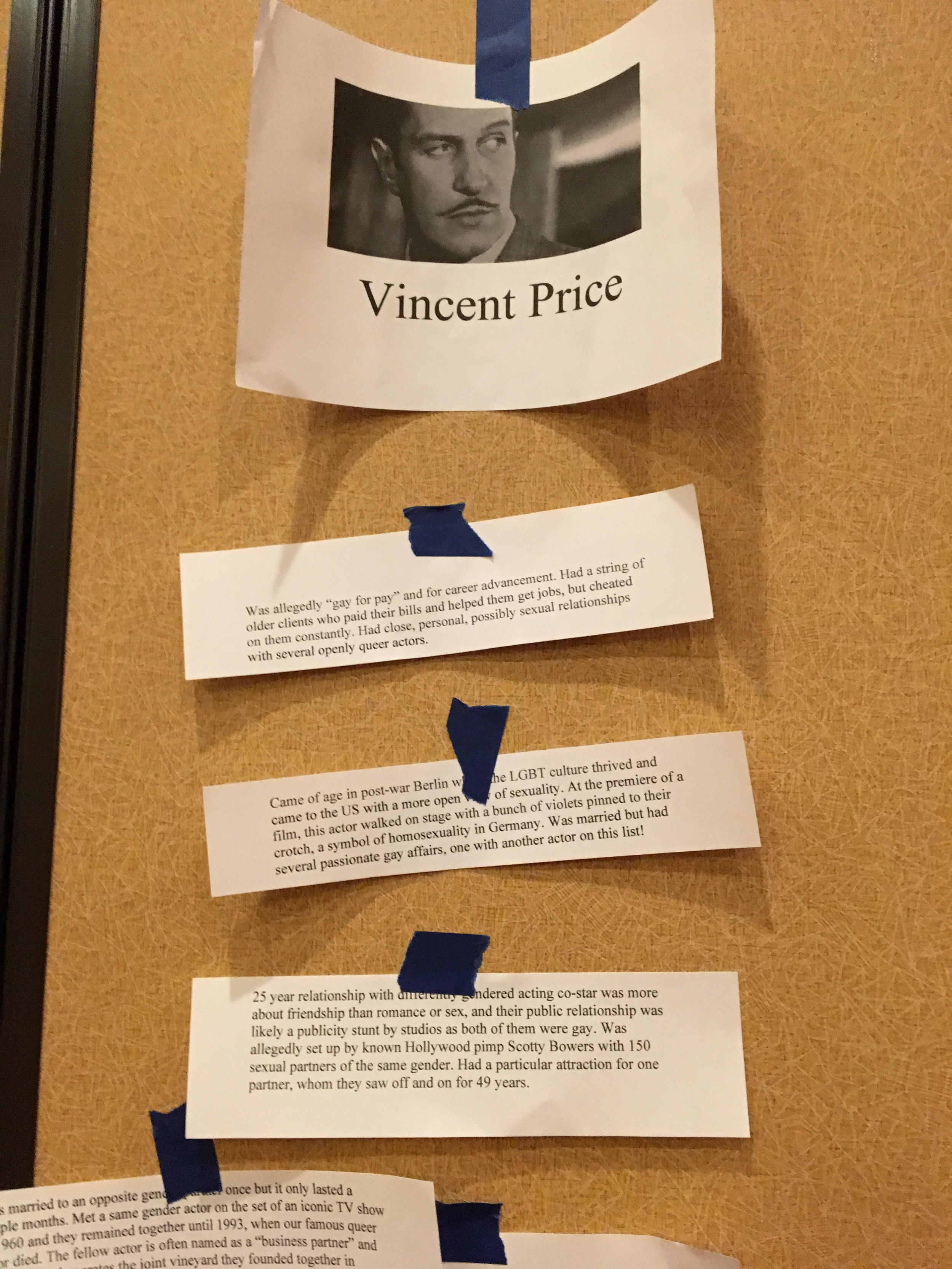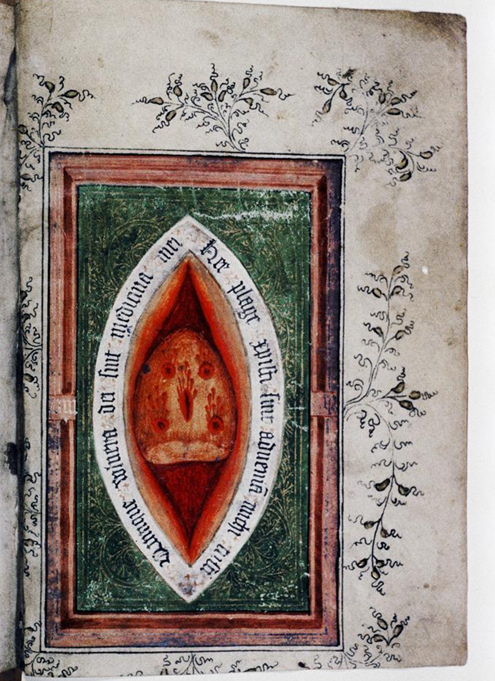25. Chrysanthemums and Golden Bums: Male Love in Pre-Modern Japan
/That’s right, Leigh and Gretchen are back with another delightful look at the history of homosexuality in East Asian history! Episode 3 explored homosexuality in Ancient China but this time, they’re heading over to Japan to take a closer look at Buddhism, samurai tradition, and the economy shaped homosexuality in the Tokugawa shogunate. But it’s not all context, you’ll laugh along with us at some of the monks’ exploits, swoon over romantic queer poetry, and peer into the delights of the floating world.. The tales we read were not shy in expressing intimate details (and you know we’re not shy in reading them!), so strap in for an exciting look at the rich history of male and female homosexuality in Japan!
As with our episode on China, many of the woodblock prints featured below are highly erotic and most likely NSFW. We will put those at the very end, but it might be best to save these for your living room, not your office!
Timeline of Japanese Time Periods Discussed in This Episode
Heian Period (784-1185 CE)
Kamakura period (1185-1333 CE)
Muromachi Period (1333-1573 CE)
Azuchi-Momoyama Period (1573-1603 CE)
Edo Period aka The Tokugawa Shogunate (1603-1868 CE)
A Closer Look at Homosexuality in Tokugawa Japan
“Man and youth,” Miyagawa Isshō. ca. 1750. Note that the style and color of the kimono on the left would have been appropriate for youths of all genders, but not adult males. The kimono and hairstyle thus declares the youth to be the wakashu partner, and his exposed feet denote a sexual demeanor.
Nishikawa Sukenobu. ca. 1716–1735. A wakashu (center) steals a kiss from a female sex worker (right) behind the back of his male patron (left).
NSFW Woodblock Prints from Tokugawa Japan
hishikawa moronobu, Shunga. Early 1680s. A man reclines with one wakashu and converses with another. This is Possibly the first nanshoku erotic print, as well as an early example of a hand-colored ukiyo-e print in the shunga (erotic) style
"Client Lubricating a Prostitute" (while another peers through), Kitagawa Utamaro. late 18th Century. The caption of this illustration reads, no joke, “Pardon me if I tear your ass…”
Miyagawa Choshun (1683-1753),from “A Rare and Important Nanshoku (Male-Male) Shunga Handscroll.” 18th Century. Note the Chrysanthemums on the chigo’s Kimono (Right/Bottom).
Miyagawa Choshun (1683-1753),from “A Rare and Important Nanshoku (Male-Male) Shunga Handscroll.” 18th Century. That feel when you’re about to write a letter but decide a threesome is better.
Suzuki Harunobu, from "Shunga", A series of 24 erotic prints. Mid- 18th century, c. 1750.
“Old Buddhist,” Utagawa Kuniyoshi. Late 18th/early 19th Century. Note again the bare feet (indicating a sexual demeanor); the brocade Kesa robe indicates the wealthy status of cleric.
“Shunga with Tengu mask,” artist unknown (but not forgotten!). 17th century. The famous tengu mask print!
Utagawa Kunisada. Ca. 1840. Note the use of the harikata or double sided dildo (better than a Tengu mask? Who Nose).
Katsushika Hokusai. Ca. 1814. More ladies with a harikata to prove it wasn’t just a one off thing!
And because we mentioned it….leigh showing gretchen a hilarious illustration back when we were first starting this podcast. this screenshot is titled “that’s a pretty big dildo”.
If you want to learn more about homosexuality in Tokugawa Japan, check out our full list of sources and further reading below!
Online Articles:
Books and Print Articles:
“The Gender of Wakashu and the Grammar of Desire” by Joshua S. Mostow, Chapter 4 in Gender and Power in the Japanese Visual Field
Male Colors: The Construction of Homosexuality in Tokugawa Japan by Gary P. Leupp
Cartographies of Desire: Male-Male Sexuality in Japanese Discourse, 1600–1950 by Gregory Pflugfelder










